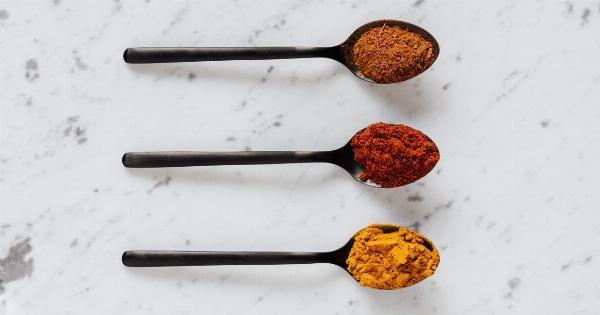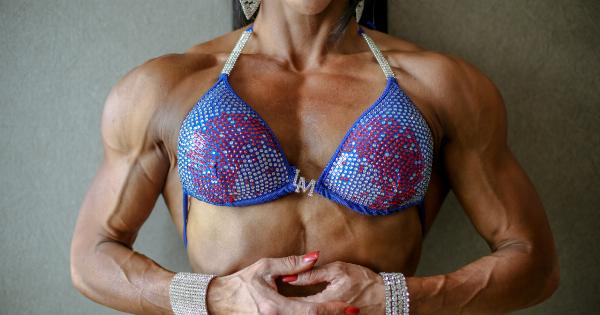When it comes to achieving the body shape you desire, there are various options available, including liposuction and lip sculpting. Both procedures aim to remove excess fat and contour the body, but they differ in their techniques and outcomes.
If you’re considering a body contouring procedure, it’s important to understand the differences between liposuction and lip sculpting to make an informed decision. Let’s compare and contrast these two popular procedures to determine which one may be the right choice for you.
What is Liposuction?
Liposuction is a surgical procedure that involves making small incisions in the targeted areas of the body and using a suction technique to remove excess fat deposits. It is commonly performed on areas such as the abdomen, thighs, buttocks, and arms.
Liposuction is typically performed under general anesthesia or local anesthesia with sedation, and it requires a certain amount of downtime for recovery.
How Does Liposuction Work?
The liposuction procedure begins with the surgeon making small incisions in the specified areas of the body. A cannula, a thin tube with a suction device, is then inserted through the incisions.
The cannula is moved back and forth to break up the fat cells, which are then suctioned out of the body using a surgical vacuum or syringe.
Liposuction can effectively remove larger amounts of fat compared to other non-surgical procedures. However, it is important to note that it is primarily a fat reduction procedure and not a treatment for cellulite or loose skin.
Advantages of Liposuction
1. Effective fat removal: Liposuction is highly effective in removing larger volumes of fat compared to non-surgical alternatives.
2. Targeted results: Liposuction allows the surgeon to precisely target specific areas of the body that require contouring.
3. Long-lasting results: Once the fat cells are removed through liposuction, they do not typically regenerate in the same area.
Disadvantages of Liposuction
1. Invasive procedure: Liposuction is a surgical procedure that involves anesthesia, incisions, and a certain level of recovery time.
2. Risk of complications: As with any surgery, liposuction carries potential risks and complications, such as infection, bleeding, and scarring.
3. Downtime: Liposuction requires a certain amount of downtime for recovery, during which physical activity may be restricted.
What is Lip Sculpting?
Lip sculpting, also known as non-surgical body contouring or non-surgical liposuction, refers to a range of non-invasive procedures that aim to reshape and contour the body.
These procedures do not involve surgery or incisions, allowing for quicker recovery and minimal downtime.
How Does Lip Sculpting Work?
Lip sculpting procedures use various techniques to contour the body, such as:.
1. Cryolipolysis: This technique freezes fat cells, causing them to die off and be naturally eliminated by the body.
2. Laser lipolysis: Laser energy is used to heat and dissolve fat cells, which are then expelled naturally by the body.
3. Radiofrequency lipolysis: Radiofrequency energy is used to heat and melt fat cells, leading to their eventual elimination.
Lip sculpting treatments are typically performed as outpatient procedures and do not require general anesthesia. They are often considered safer and less invasive than liposuction.
However, it’s important to note that multiple sessions may be required to achieve optimal results, and the degree of fat reduction may be more limited compared to liposuction.
Advantages of Lip Sculpting
1. Non-invasive: Lip sculpting procedures are non-surgical and do not require incisions or anesthesia.
2. Minimal downtime: Recovery time is typically shorter compared to liposuction, allowing for quicker return to daily activities.
3. Reduced risk: Lip sculpting carries a lower risk of complications compared to surgical procedures.
Disadvantages of Lip Sculpting
1. Limited fat reduction: Non-surgical lip sculpting procedures may not be as effective in removing larger volumes of fat compared to liposuction.
2. Multiple sessions: To achieve optimal results, multiple treatment sessions may be necessary.
3. Reduced precision: Unlike liposuction, lip sculpting procedures have limitations in terms of precise contouring.
Which One is Right for You?
Deciding between liposuction and lip sculpting depends on various factors, including your specific goals, the amount of fat you want to remove, and your desired recovery time.
If you have a significant amount of excess fat or desire more precise contouring, liposuction may be the most suitable option. However, if you prefer a non-invasive approach with minimal downtime, lip sculpting procedures can provide satisfactory results with multiple treatment sessions.
It’s essential to consult with a qualified plastic surgeon or aesthetic practitioner to assess your individual needs and determine the most appropriate procedure for you.
They can evaluate your current body composition, discuss your expectations and goals, and help you make an informed decision.
The Final Verdict
Ultimately, there is no clear winner in the liposuction vs. lip sculpting debate. The choice between the two procedures depends on the individual’s specific goals, preferences, and unique circumstances.
Liposuction offers more significant fat reduction but is an invasive surgery that requires downtime and carries potential risks. On the other hand, lip sculpting procedures are non-invasive, with minimal recovery time, but may have limitations in terms of fat reduction and precision.
As with any cosmetic procedure, it is crucial to have realistic expectations and discuss your concerns and goals with a qualified professional.
They can guide you towards the most suitable treatment option based on your individual needs, ensuring you achieve the body shape you desire while prioritizing your safety and overall well-being.





















